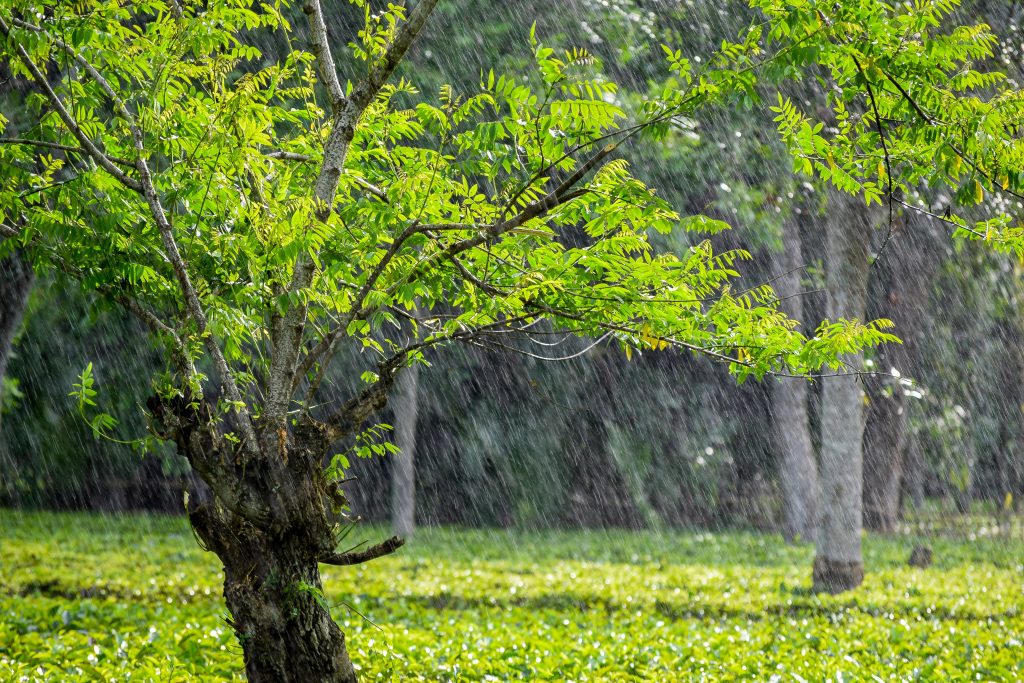Assam: Jungles, Rivers, Mountains and Tea

India is one of the world’s largest tea producers, employing over one million workers in the industry. In particular, the state of Assam is the world’s largest tea-growing region and accounts for 55% of India’s total annual tea production.
The region is made up of dense forests that eventually give way to open rolling plains, through which only the Brahmaputra river can forge a path. It is these features that define the landscape, but what about the delicious Assam Tea that so many of us love.Where is Assam in India?
The Assam state lies in North-Eastern India, 125 miles East of Darjeeling. It borders Bhutan, Bangladesh, Myanmar and is close to China. It is here where the Assamica species of the Camelia Sinensis was discovered, characterised by its larger leaves and dark, spicy brew.
The Importance of Assam’s Climate
Rainfall can have a huge effect on production levels of Assam tea. In monsoon season the average rainfall is very high, between 250-300cm a day. Temperatures also rise to around 37°C. This increases the humidity and makes the ground extremely wet. It is in these types of conditions that the Assamica variety thrives and grows. It’s also this tropical climate that gives Assam tea it’s malty taste. During winter the plants go into their annual period of dormancy.
Assam First Flush
The early spring weather that arrives in March prompts the picking of the first flush. This involves plucking the plants tender, youngest leaves, yielding the purest cup of tea that the plant is capable of producing. This first flush harvest in Assam has a fragrant, fresh, flowery – and slightly spicier character than its Darjeeling equivalent. It is a bright, golden yellow in the cup. Most of the teas produced during this period are sold for blending.
Assam Second Flush
The very best, highest-grade of Assam teas begin to be harvested from June through to September. The leaves picked at this time are a rich brown colour with golden flecks mixed throughout. As these are the very tip of new leaves, they do not contain the same proportion of tea chemicals so do not darken during the oxidation and drying period. When brewed, the leaves release that full, spicy, malty character that is so true to form. The colour is now a rich coppery red to deep brown liquor.
The plucking during the rainy season is more productive from July to October, when the powerful monsoon rains from the Indian Ocean fall on the fertile ground. After the rains, the quality decreases sharply; the leaves losing more and more of their spicy, malty flavour and strength.